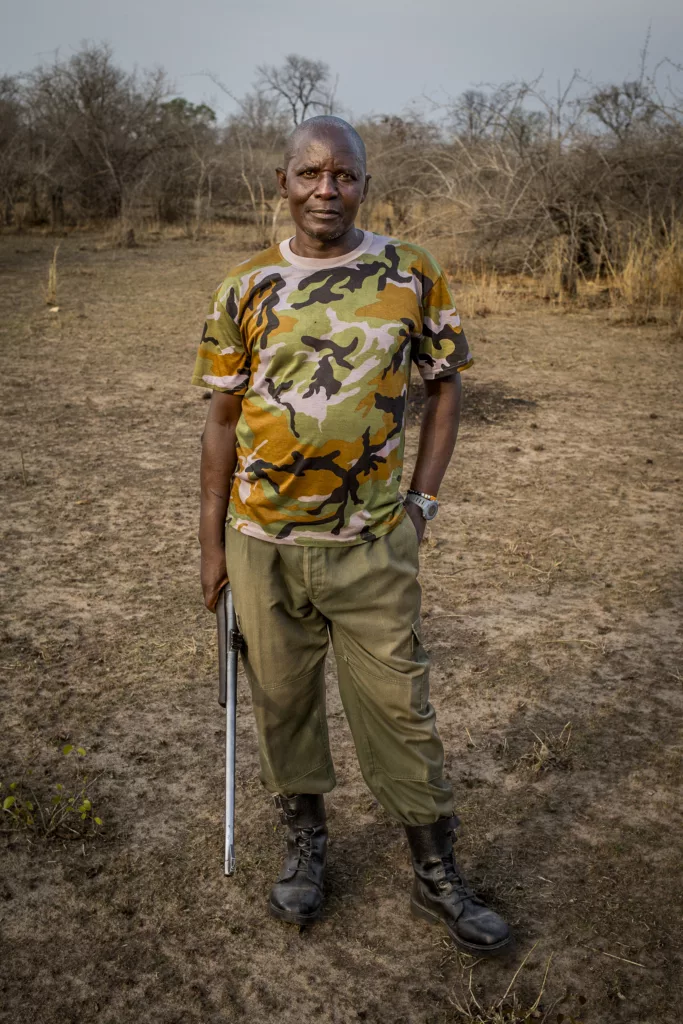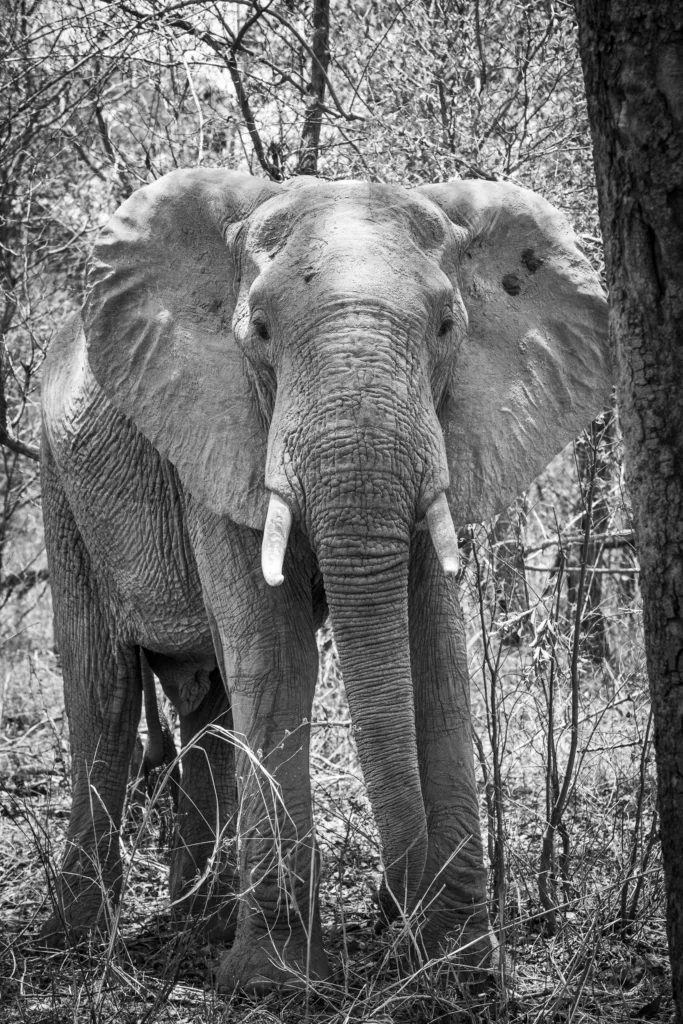Walking in Zambia: The Most Immersive Way to Safari


In the 1950s, Norman Carr pioneered the walking safari in Zambia’s South Luangwa National Park, which is still one of the best places in Africa to see wildlife on foot. I just returned from a week-long pilgrimage with Time + Tide (formerly Norman Carr Safaris ) to Zambia to enjoy the pleasures of an extended walking safari.
It’s such a fun experience to wake up in one camp, spend half the day walking, and arrive at your new room with your bags waiting for you.
While I have done safari walks in South Africa and Kenya, the length of the walks and the guides’ expertise set them apart. Time + Tide also has five camps inside the park so that visitors can walk between them. It’s such a fun experience to wake up in one camp, spend half the day walking, and arrive at your new room with your bags waiting for you. South Luangwa has enough wildlife to be enjoyed solely on game drives, but you’re missing out on a large part of the experience if you skip the walking.
Game drives remain the best way to see wildlife up close because most animals don’t spot the humans within the vehicle, so they stay calm. However, once you are on foot, they quickly take note of the presence of humans and become very alert or even skittish. You go from a passive observer of the environment to a participant.
On foot, you go from a passive observer of the environment to a participant.
While you might not see the animals as close on your walk, there is nothing like seeing an elephant outside of the vehicle. All of your senses are heightened when you are walking through the bush and it all seems so much more real. You also move more slowly and can tune in to all the information in the landscape – from bird calls to leopard tracks. There is so much to see that you often drive by!



Yes! There haven’t been any deaths among visitors on walking safaris in South Luangwa, and an armed ranger accompanies every group on foot. These men are skilled trackers who spend much of the year camping in the park and are in tune with the animals. Safety is a top priority, and as a rule, you won’t approach larger animals like elephants and hippos. However, you can move closer to smaller animals like zebra and hyenas. I never felt unsafe on the entire trip.
While I’ll continue to do game drives, future safaris will always include a walking component. Visiting wild places in Africa is a rare privilege, and you don’t want to miss out on a deeper connection.
The walking safari has spread from Zambia around the continent, and now there are many other great destinations for travelers interested in getting outside of the vehicle. Some of my favorites include:

Lewa is one of our favorite places in Kenya, and visitors can take a multi-day walking safari with Walking Wild across the private conservancy.

The Serengeti is perennially popular, but Serian Camps get you away from the crowds. They are a great place to unplug, and you can even see the Great Migration on foot.

The vast, arid Karoo in South Africa’s Eastern Cape is a lesser-known area, but the private Samara Karoo Reserve is one of the best places in Africa to track cheetahs on foot.
We combine expert knowlege with creative itineraries to make your travel dreams a reality. Contact us for a free consultation.

Get monthly travel news, destination guides, and seasonal offers delivered to your inbox.